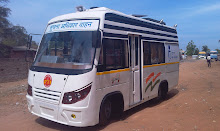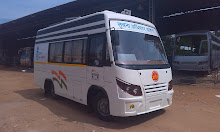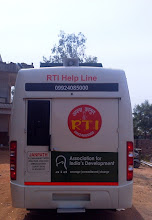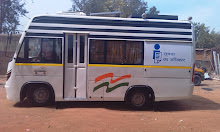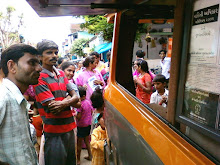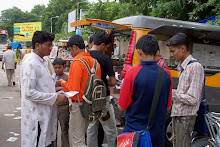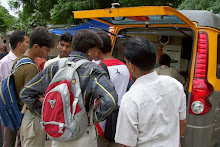Livemint:
New Delhi: Monday, October 29, 2012.
 |
| The only way RTI would become a non-issue is by ensuring government information is already in the public domain and essentially on the Internet |
There is only
one way India can become a leading country in the 21st century global
economy—by ensuring unhindered deployment of its right to information (RTI) law
and universally enabling it with the Internet.
On 12
October, Prime Minister Manmohan Singh made a critical remark in this regard.
“There are concerns about frivolous and vexatious use of the (RTI) Act in
demanding information, the disclosure of which cannot possibly serve any public
purpose,” he said. “Such queries, besides serving little productive social
purpose, are also a drain on the resources of the public authorities, diverting
precious man-hours that could be put to better use.” It is ironical that Singh
is so concerned when only 1 million RTI queries were recorded last year from
the huge 1.2 billion people living in the country. Clearly, large segments of
the population have practically no access to information, the main reason why
they often cannot exercise their rights.
I would like
to discuss how our country suffers because of this lack of enabling access to
information and how the sheer number of such population is so mindboggling that
the Prime Minister should first look at them and be concerned till the RTI
reaches each one of them.
The RTI law
requires all government departments to proactively put their information in the
public domain, which includes office walls, panchayat notice boards, school
building walls, block office walls and notice boards, and media vehicles such
as radio, television, newspapers, short messaging services, interactive voice
response, toll free numbers and the Internet. Among these, the Internet is the
only one that can be treated as truly permanent, unlimited space for public
access. All other media is limited, paid, temporary and perishable.
Has the
Internet reached the masses? According to industry lobby group Internet and
Mobile Association of India and market researcher IMRB, out of 833 million
people living in rural areas, only 38 million use the Internet. Ironically, out
of the 900 million mobile phone subscribers, only 323 million are from rural
India and only 3.6 million of them use their devices to access the Internet,
which is only 12% of the total Internet users.
The
government’s information kiosks, known as common service centres (CSCs), and
cyber cafes are the most used access points for Internet usage in villages, so
much so that almost 60% of all the Internet users in rural India use CSCs to
access the Web by travelling on an average 6-10km. There are some 95,000
Internet-enabled CSCs mostly located in rural areas that promise to provide
government-to-citizen and business-to-citizen services. While a major
percentage of them are struggling for sustainability, 90% of the country is
suffering from an information gap and is yet to take advantage of the Internet.
There could
be many ways to save RTI from being gagged and make it a national phenomenon.
One is to make all the CSCs double up as RTI kiosks, where citizens seek
information and request information through the RTI Act. Secondly, government
should set a deadline and ensure each and every official entity make their
information public through their ministry, department and functionaries, and
this line of action should go down till the level of the village councils.
The only way
RTI would become a non-issue is by ensuring government information is already
in the public domain and essentially on the Internet—and proactively. Till such
time, it would be ideal for the nation’s leaders to always talk in favour of
RTI rather than against it. Also, curbing RTI is directly proportional to
making the country poor in information, ensuring that India remains a poor
country unfit for the 21st century that relies so much on the information
economy.
In addition,
the government can also ensure an RTI-friendly, Internet-enabled 250,000 public
access points by complementing the installation of high-speed fibre optic
broadband lines reaching all village councils. This confluence of Internet, RTI
and village councils will only strengthen our democracy.











